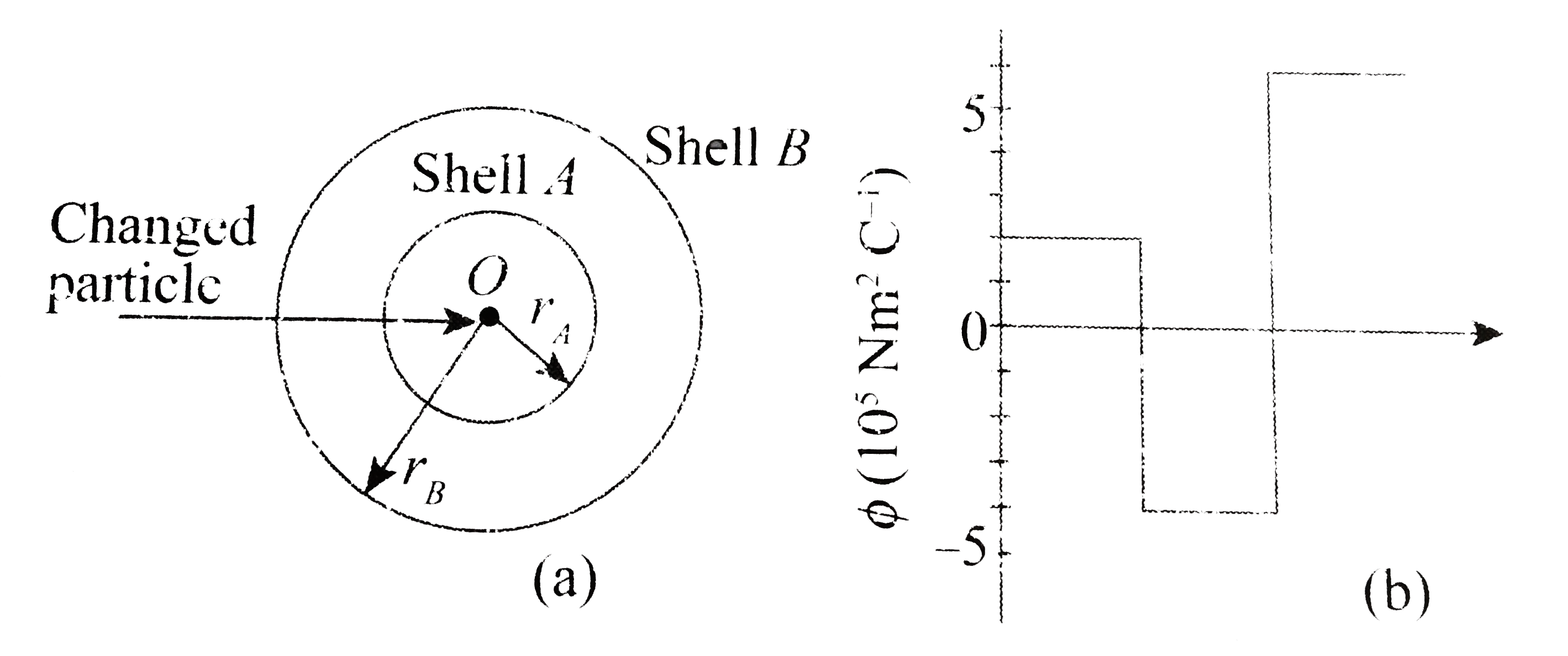Inspite of long range order in the arrangement of particles why are the crystals usually not perfect ?
Crystals have long range order which means that the constituent particles have a regular orderly arrangement throughout. However, the crystals usually suffer from certain defects which are of different type and generally arise during the process of crystallisation. That is why, these are not perfect for further details.
Similar Questions
which of the following is not a characteristic of a crystalline solid ? (a) Definite and characteristic heat of fusion. (b) Isotropic nature (c) A regular periodically repeated pattern of arrangement of constituent particles in the entire crystal. (d) A true solid.
View SolutionAny deviation from the perfectly ordered arrangement constitutes a defect or imperfection. The compounds in which the number of irregularity are present in the arrangement of atoms or ions are called atomic imperfections or point defects. These may be stochiometric or non - stoichlometric. Stoichiometric defects are further classified into Schottky defects in which number of positive and negative ions are missing in equal ratio and Frenkel defects in which an ion leaves its correct lattice sites and occupies on interstitial site. Schottky defect is more common in ionic compounds with high co-ordination number and where the size of positive and negative ions are almost equal, while in Frenkel defects are common in ionic compounds, which have low co-ordination number and in which there is large difference in size between positive and negative ions.
Which of the following defect, if present, lowers the density of the crystal ?
View SolutionAny deviation from the perfectly ordered arrangement constitutes a defect or imperfection. The compounds in which the number of irregularity are present in the arrangement of atoms or ions are called atomic imperfections or point defects. These may be stochiometric or non - stoichlometric. Stoichiometric defects are further classified into Schottky defects in which number of positive and negative ions are missing in equal ratio and Frenkel defects in which an ion leaves its correct lattice sites and occupies on interstitial site. Schottky defect is more common in ionic compounds with high co-ordination number and where the size of positive and negative ions are almost equal, while in Frenkel defects are common in ionic compounds, which have low co-ordination number and in which there is large difference in size between positive and negative ions.
In a crystal some ions are missing from normal sites. This is an example of
View SolutionThe sharp melting point of crystalline solids compared to amorphous solids is due to
a) a regular arrangement of constituent particles observed over a short distance in the crystal lattice.
b) a regular arrangement of constituent particles observed over a long distance in the crystal lattice.
c) Same arrangement of constituent particles in different directions.
d) Different arrangement of constituent particles in different directions.
View SolutionDefects are basically irregularities in the arrangement of constituent particles. Broadly speaking the defects are of two types. Namely point defects and line defects.
Point defects: The irregularities or deviations from ideal arrangement around a point or an atom in the crystalline substance.
Line defects: The irregularities or deviations from ideal arrangement in entire row of lattice points.
Answer the following question.
When crystals of LiCI is heated in an atmosphere of Li (vap). it appears pink in colour because of
View SolutionFill in the blanks
(a) Evaporation of a liquid at room temperature leads to a …… effect .
(b) At room temperature the forces of attraction between the particles of solid substances are …. Than those which exist in the gaseous state.
(c) The arrangement of particles is less ordered in the ... state. However, there is no order in the ..... state.
(d)....... is the change of gaseous state directly to solid state without going through the ....... state.
(e) The phenomenon of changes of a liquid into the gaseous state at any temperature below its boiling point is called ......
View SolutionGiven below are diagrams showing the different stages in the process of fertilisation of an egg in the human female reproductive tract.
Study the diagrams and answer the questions

(i) Arrange the letters given below each diagram in a logical sequence to show the correct order in the process of fertilisation.
(ii) Where does fertilisation normally take place? What is 'Implantation' that follows fertilisation ?
(iii) Mention the chromosome number of the egg and zygote in humans.
(iv) Explain the term 'Gestation'. How long does Gestation last in humans ?
(v) Draw a neat, labelled diagram of a mature human sperm.
View SolutionArrange the following substances in increasing order of forc es of attraction between the particles-water, sugar, oxygen.
View SolutionA charged particle is suspended at the center of two thin concentric spherical charged shells, made of nonconducting material. Figure shows cross section of the arrangement. Figure (b) gives the net flux ϕ through a Gaussian sphere centered on the particle, as a function of the radius r of the sphere.
 ,
,
In which range of the values of r is the electric field zero?
View SolutionAmorphous substances show
(A) short and long range order
(B) short range order
(C ) long range order(D ) have no sharp M.P
View Solution
